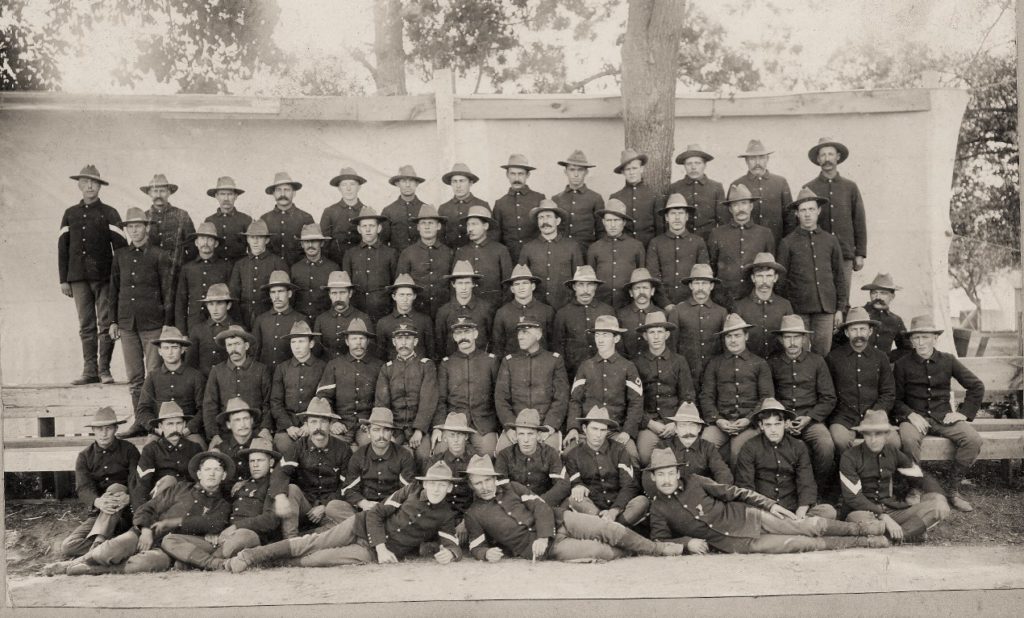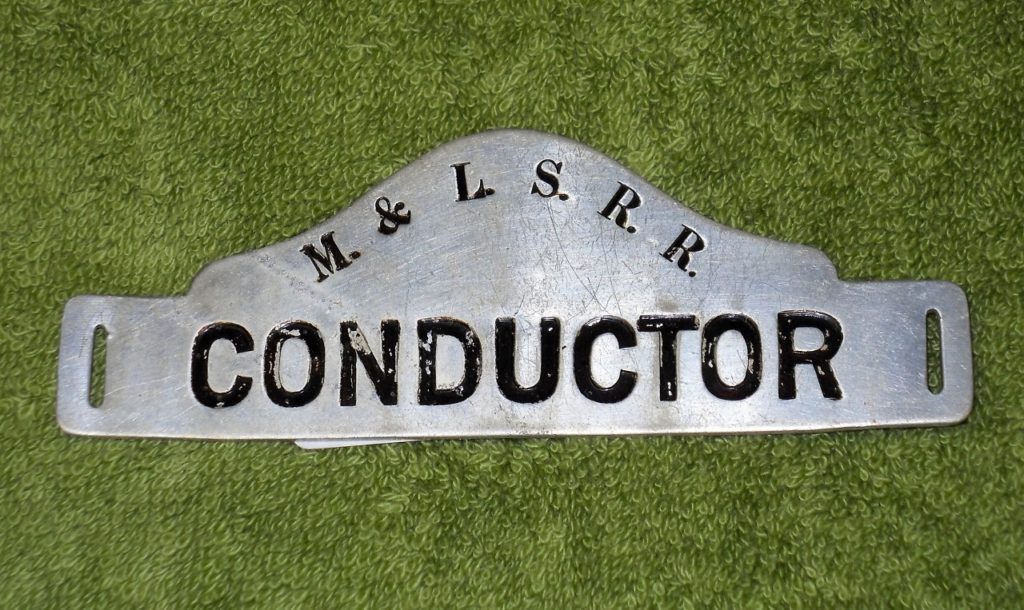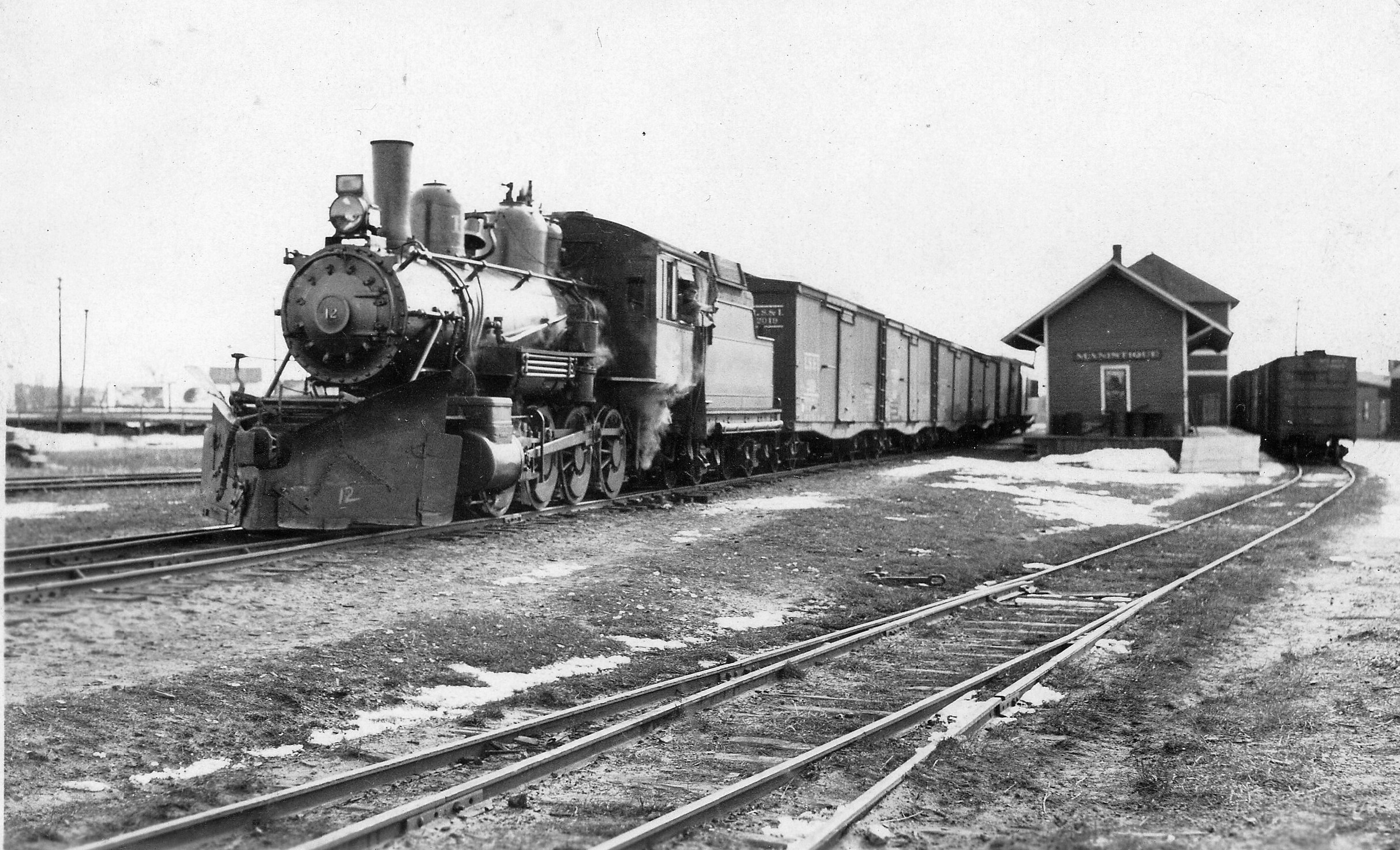
.
Albert Smith was born in Calumet, Michigan on July 31, 1898. His parents, Albert Smith Sr. and Martha Smith immigrated from Austria and Germany during the late 1800s and settled in Houghton County, Michigan. According to census records, Albert’s father was employed as a saloon keeper in Calumet. By 1910, the family had moved to Keweenaw County, where his father worked as a hoisting engineer in a mine. Soon after, the family relocated yet again to Thompson, Michigan where Albert’s father purchased a farm. The property was located on County Road 149 across from the Thompson Cemetery where Albert Smith Jr. would spend his formative years.



